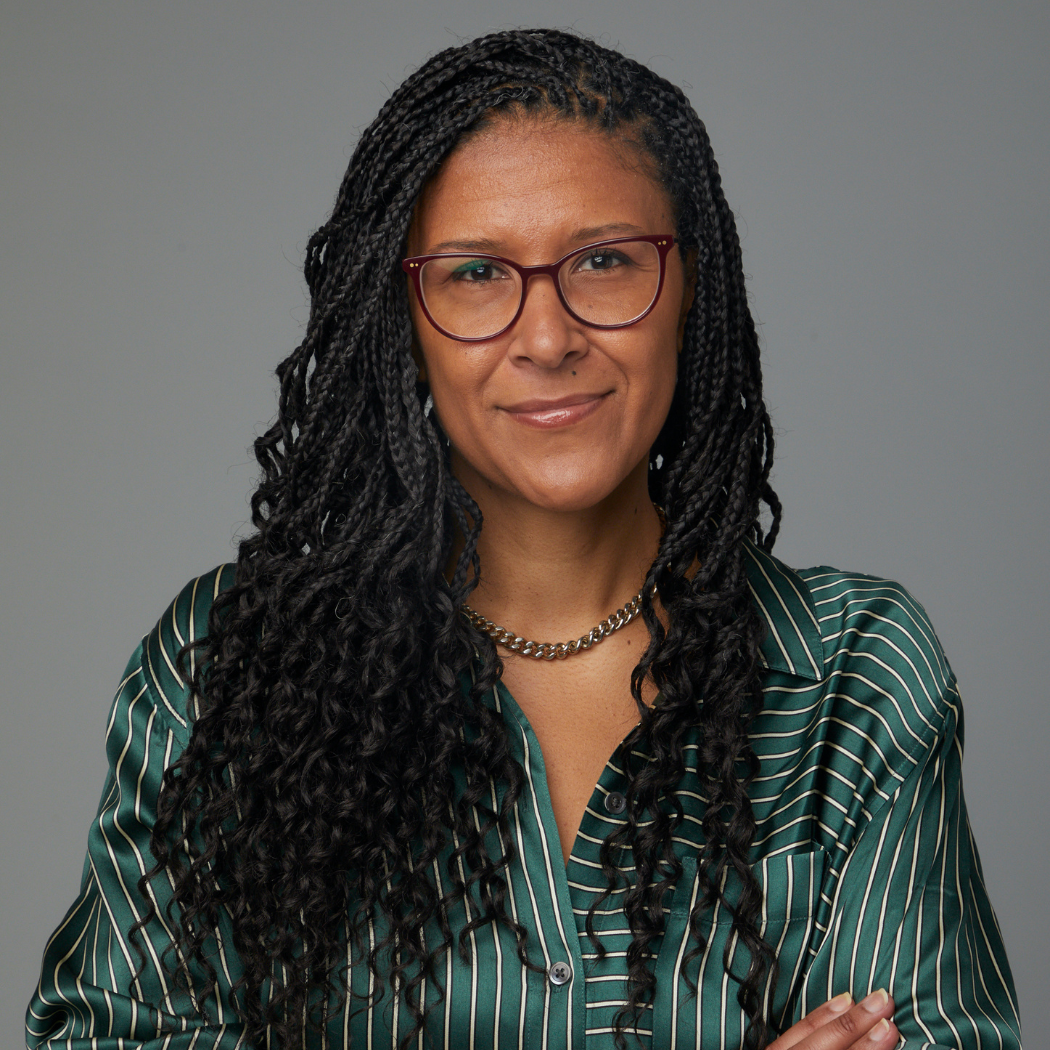
The Institute for Public Relations Commission on Measurement and Evaluation has taken a strong stand against using Advertising Value Equivalency (AVE) as a measure of value in public relations. In the field of communications and media relations, AVE suggests that the space and time occupied by earned media generated through public relations is equivalent to the same space and time of paid media when purchased as advertising.
After a year-long inquiry and debate on the topic, IPR Commissioners concluded that there is no evidence to suggest that advertising and editorial space hold equivalent value. Advertising is purchased and affords complete control to the advertiser for content, placement and frequency and is almost always positive. In contrast, publicity, or earned media, is only semi-controllable after ceding the final output to the medium that may result in positive, neutral or negative messages.
“It’s the right time for a leading voice in public relations research and measurement to reject this practice,” said Robert W. Grupp, President and CEO of the Institute for Public Relations. “The use of AVEs has distracted the industry from more valid measures of public relations’ impact on business goals and objectives.”
“AVE is not a proxy for measuring the return-on-investment of public relations,” wrote Dr. Brad L. Rawlins, who chaired an IPR Commission Task Force on the subject. Dr. Rawlins also is chair of the Department of Communications at Brigham Young University. “Even more problematic is the use of AVE to represent a public relations outcome, and a meaningful measure to represent a financial return on investment. This obfuscating practice often prevents or misdirects focus from quantifying the more meaningful outcomes of public relations.”
The IPR Commission on Public Relations Measurement and Evaluation exists to establish standards and methods for public relations research and measurement and to issue authoritative white papers on research and best practices. Its members are leaders in public relations research from universities, research companies and corporations.
The Commission met on October 8, 2010 at the 8th Summit on Measurement in Portsmouth, NH and voted unanimously to adopt the Commission Task Force Report against the use of AVE within the public relations industry. The report is available on the Institute for Public Relations website instituteforpr.org.
“In the report, the Commission acknowledges that the use of AVE is a common practice because calculating AVE is inexpensive and accessible,” said Commission chair Pauline Draper-Watts. “Nevertheless, this does not justify the practice as appropriate.”
Dr. Rawlins added: “Advertising cost isn’t a meaningful metric. Advertisers don’t use the cost of placing their advertisements as an outcome. It’s a cost of achieving the outcome of increasing sales or brand awareness. So, it makes no sense for public relations to compare its outcome to the cost of achieving advertising outcomes. Publicity isn’t the outcome, it’s part of the process of reaching a more meaningful outcome, such as protecting reputation or increasing awareness of responsible behaviors.”
The position taken by the IPR Commission supports and aligns with The Barcelona Declaration of Research Principles, a relatively new set of standards and practices to guide measurement and evaluation of public relations. The Principles were discussed in Barcelona in June 2010 and adopted by delegates attending at the 2nd European Summit on Measurement, organized by the International Association for Measurement and Evaluation of Communication (AMEC) and the Institute for Public Relations (IPR).
First and foremost, the IPR Commission encourages measurement and evaluation practices that demonstrate the degree to which public relations efforts contribute to organizational goals. Ultimately, outcome-based measures – such as awareness, understanding, attitudes and behaviours – provide a better way to demonstrate public relations’ unique impact.
Measuring media coverage is one valuable way of evaluating media-focused public relations and the delivery of intended and unintended messages Whenever possible, the Commission suggests that it is best to isolate the message generated by public relations and control for other variables in order to more accurately measure the likelihood of direct impact on the target audience.
The Institute for Public Relations website contains many reference documents including case studies, white papers and best practices that illustrate and explain how to measure and evaluate the outcomes of professional public relations. All of the material is available free at instituteforpr.org.
The Institute for Public Relations is an independent non-profit headquartered at the University of Florida. It bridges the academic and professional fields, supporting public relations research and mainstreaming this knowledge into practice.
Members of the IPR Commission, in addition to Dr. Rawlins, who served on the AVE Task Force include: Toni Griffin, Director, Public Relations, MetLife; Rebecca Harris, Research and Measurement Strategist for General Motors; Fraser Likely, President, Likely Communication Strategies Ltd.; Tim Marklein, Executive Vice President, Measurement & Strategy, Weber Shandwick; and Mark Weiner CEO, North America, PRIME Research.
Contacts:
For information about the IPR Commission’s AVE Task Force and its conclusions, contact:
Dr. Brad Rawlins, brawlins@byu.edu +1-(801) 422-1697.
For information about the IPR Commission on Public Relations Measurement and Evaluation, contact:
Pauline Draper-Watts, pauline.draper@wattsconnect.org +1-312- 371-2297
Information about the Institute for Public Relations is available from Robert Grupp at rgrupp@instituteforpr.org +1-484-557-8401.



